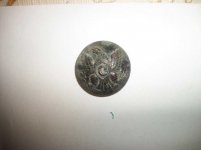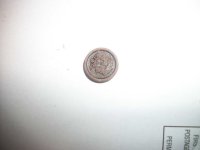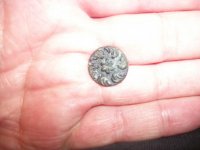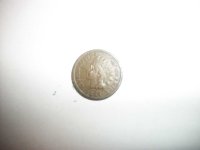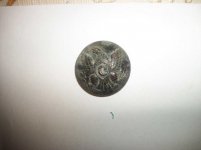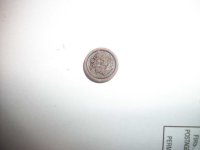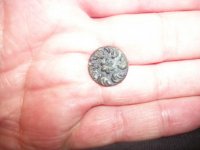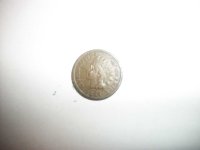SGTBilko
Jr. Member
- Jan 5, 2011
- 21
- 14
- Detector(s) used
- Whites Spectrum XLT / Whites V3I /Garrett 250 & 2500, AT Pro /Deus / Minelab CTX-3030, Deus XP (Coils Used- HF Elliptical, HF Round, X35)
I hunted an old tavern in Dayton the other day and found a nice Eagle button Cavalry I believe, made by "Canfield Bro & Co - Baltimore" but the shank and back fell off when I got it home and brushed it off... 
I also found a 1884 Indian head penny in fairly good shape, except for the rookie mistake I made and scratched the nose a little...OUCH!!
I was hoping to get some help in identifying a couple other buttons I found.
-One button has a star in the middle with some wings or something ? This has on the back the words "Standard Treble" not sure of material
? This has on the back the words "Standard Treble" not sure of material
-The other button has a crest on it with an open back that is rusted out, possibly made out of brass or copper?
If anyone can help identify these and the circa of the Eagle button , which I believe is Civil War , I would greatly appreciate it.
Thanks!!
Sgtbilko

I also found a 1884 Indian head penny in fairly good shape, except for the rookie mistake I made and scratched the nose a little...OUCH!!
I was hoping to get some help in identifying a couple other buttons I found.
-One button has a star in the middle with some wings or something
 ? This has on the back the words "Standard Treble" not sure of material
? This has on the back the words "Standard Treble" not sure of material-The other button has a crest on it with an open back that is rusted out, possibly made out of brass or copper?
If anyone can help identify these and the circa of the Eagle button , which I believe is Civil War , I would greatly appreciate it.
Thanks!!
Sgtbilko


